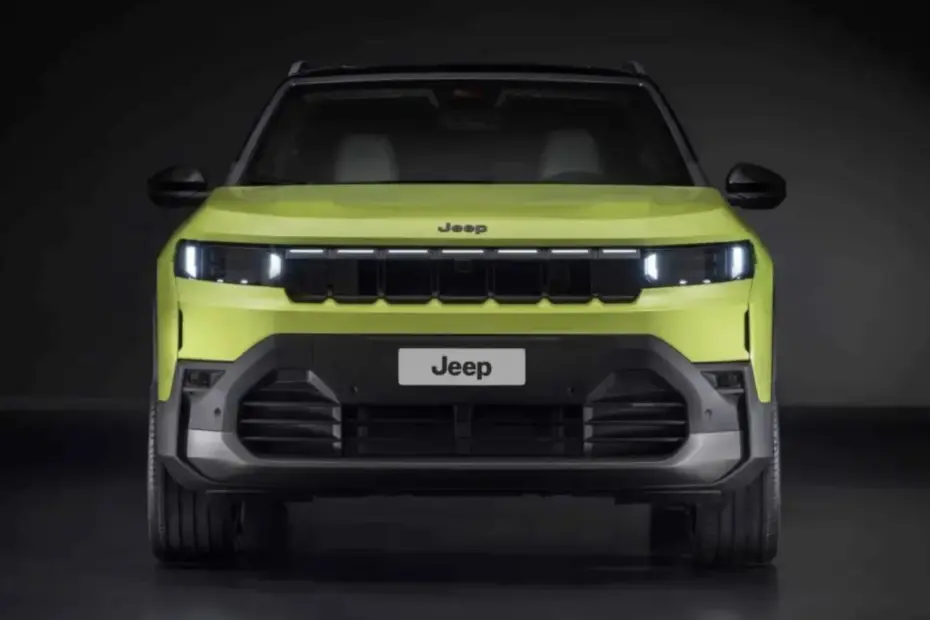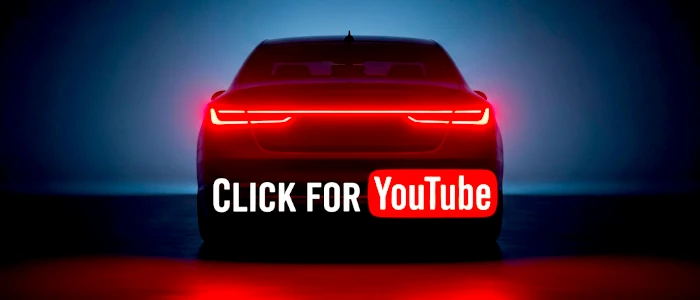The Jeep Compass is one of the most popular SUVs in Brazil, but do you know how it came to be and evolved over the years? In this post, we’ll tell the story of the Jeep Compass generations and what made each one special. Follow along!
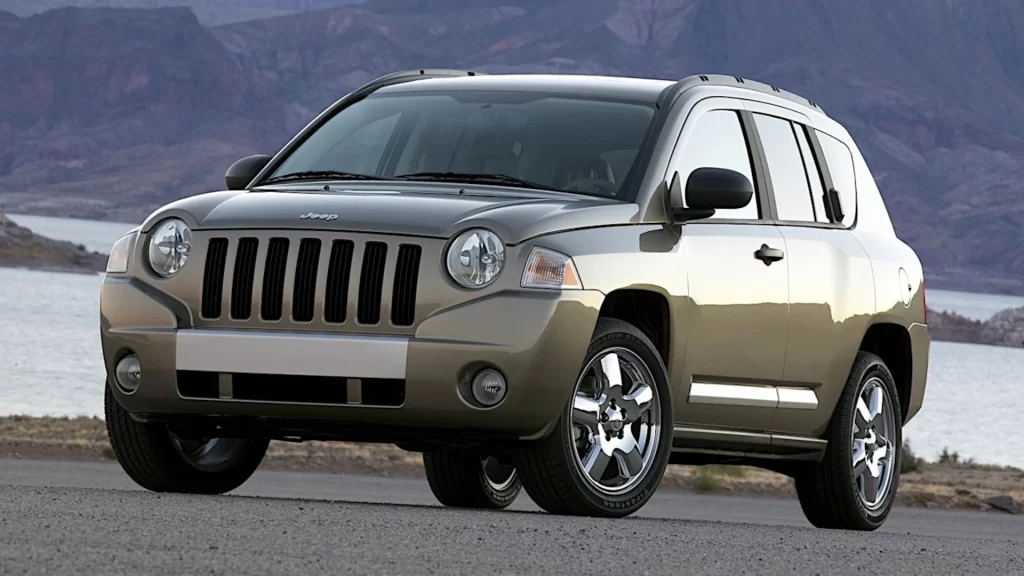
The first generation Jeep Compass was launched in 2006 as a compact urban model aimed at attracting a younger, trendier audience. The design was bold and modern, featuring angular lines and square headlights. The Compass offered two engine options: a 2.0L gasoline with 156 hp and a 2.4L gasoline with 172 hp. The transmission could be a five-speed manual or a CVT automatic. The Compass also offered all-wheel drive as an option but was not built to handle rough terrain.
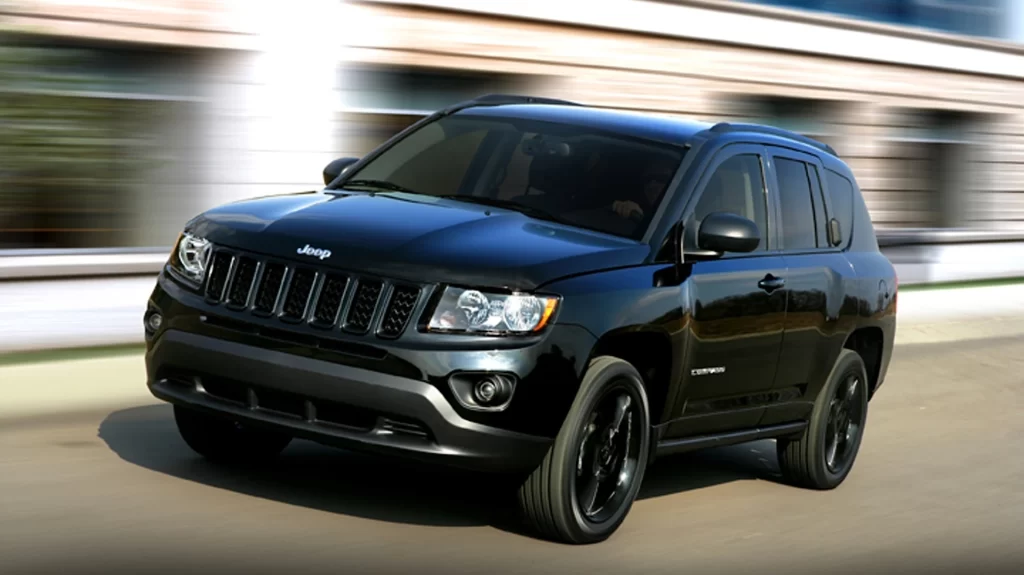
In 2011, the Jeep Compass underwent a facelift, making its look more aligned with other models in the brand’s lineup, like the Grand Cherokee. The front grille gained seven chrome slats, the headlights became more rounded, and the bumper was redesigned. The interior also received upgrades in finish and cabin space. The 2.0L engine was replaced by a 2.0L turbodiesel with 163 hp, joining the 2.4L gasoline engine. The CVT transmission gave way to a six-speed automatic.
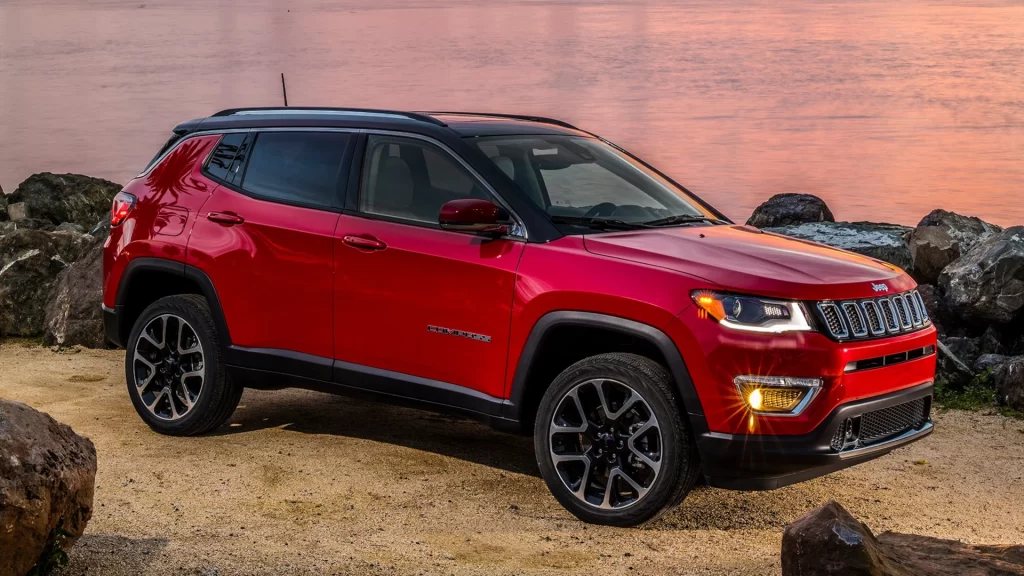
The second generation Jeep Compass was introduced in 2016 as a global project for the brand, developed in Brazil. The new Compass featured a more sophisticated and elegant design, with fluid and harmonious lines. The SUV grew in size and interior space, offering more comfort and safety for occupants. The Compass also gained new technologies like a touchscreen infotainment system, stability control, hill-start assist, and rearview camera. It came with three engine options: a 2.0L flex-fuel with 166 hp, a 2.0L turbodiesel with 170 hp, and a 1.3L turbo with 185 hp. Transmission choices included six- or nine-speed automatic.
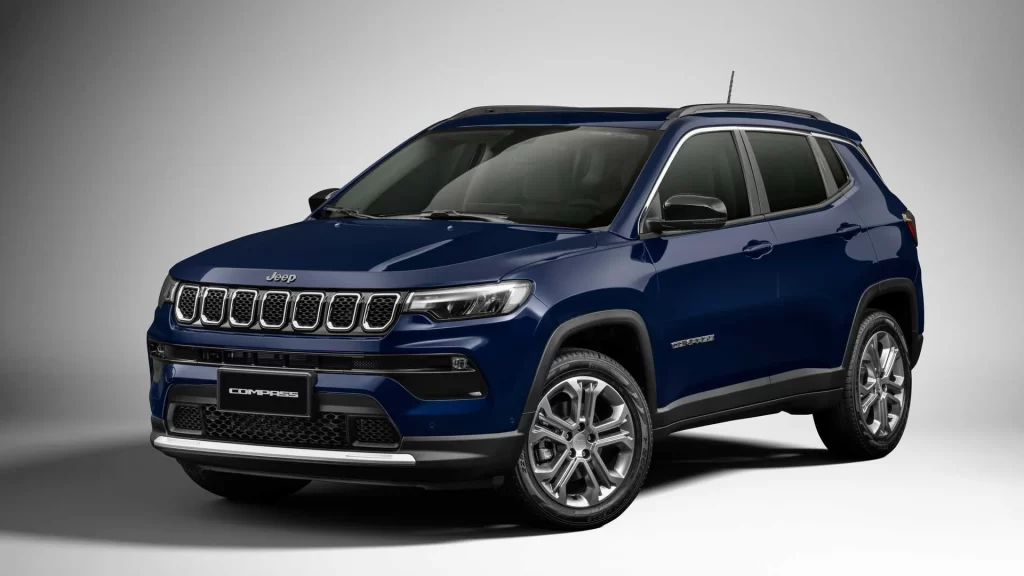
In 2021, the Jeep Compass received a new update that brought changes in design, interior, and mechanics. The SUV gained a new front grille with glossy black details, new LED headlights, new alloy wheels, and new colors. The interior became more refined and tech-savvy, with a 10-inch digital dashboard, an 8.4- or 10.1-inch infotainment screen, wireless phone charger, and a premium Beats sound system. The 2.0L flex-fuel engine was discontinued, making the 1.3L turbo the only gasoline option, delivering 185 hp in the naturally aspirated version and 200 hp in the plug-in hybrid version.
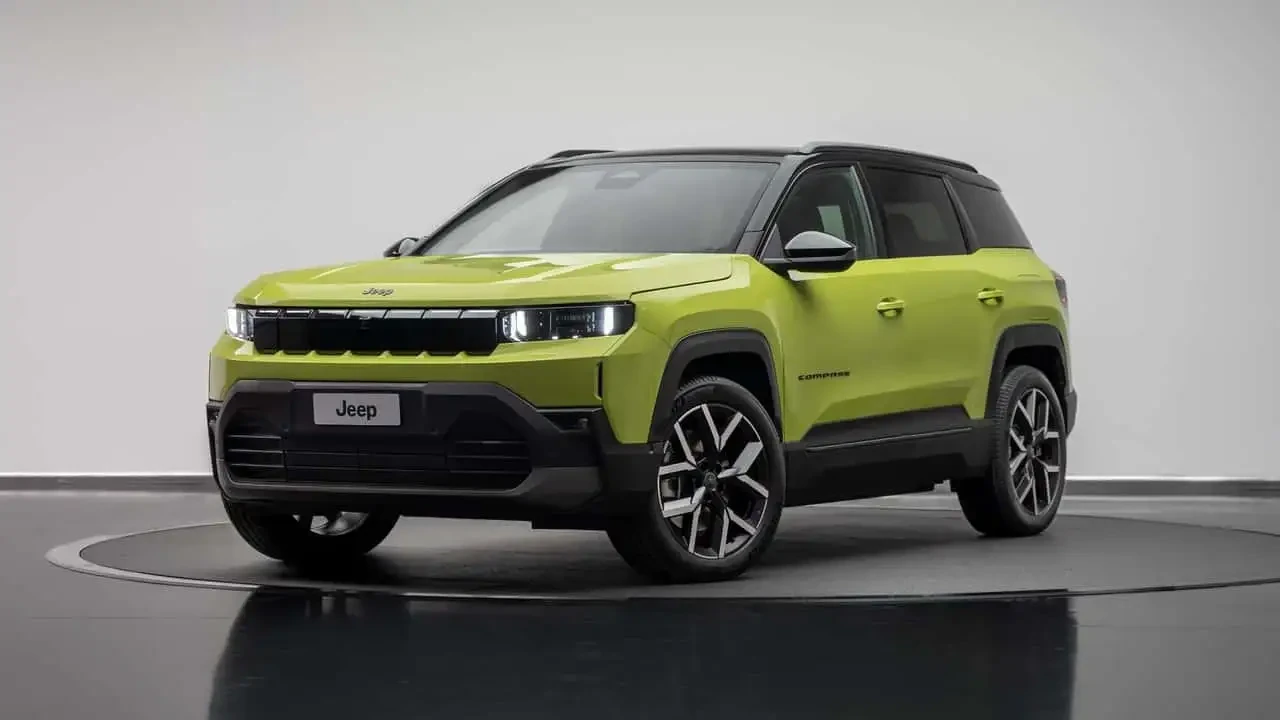
In 2025, Jeep launched the third generation Compass, featuring a robust and modern design while retaining the signature seven-slot grille. The premium interior includes sustainable materials, a 12-inch screen, AI, and 5G connectivity. Engine options feature a 1.3L turbo with 200 hp, a 240 hp plug-in hybrid, and a 2.0L turbodiesel with 200 hp, paired with a nine-speed transmission and optimized all-wheel drive. It boasts advanced safety features like Level 2+ autonomous driving and emergency braking.
What does the future hold for the Jeep Compass? Will it continue to be a sales and critical success? Will it gain new features and functionalities? Will it become an icon of the brand? Only time will tell, but one thing is certain: the Jeep Compass has already left its mark on the history of SUVs.





Author: Fabio Isidoro
Fabio Isidoro is the founder and editor-in-chief of Canal Carro, where he has been writing about the automotive world since 2022. Passionate about cars and technology, he began his journey on the HospedandoSites portal and today dedicates himself to creating technical content and comprehensive analyses of national and international vehicles. 📩 Contact: contato@canalcarro.net.br

